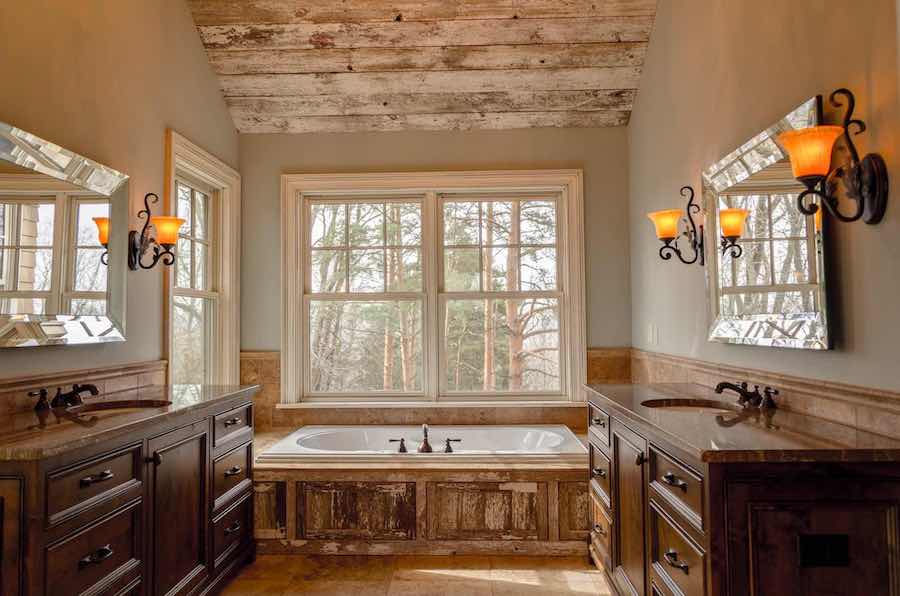Over the last five decades, technological advancements have revolutionized every aspect of our lives, including the bathroom fitting industry. From the materials used to the design, everything has changed significantly. Let’s take a closer look at the changes that have occurred.
Materials Used: In the 1970s, most bathroom fittings were made of porcelain or enamel-coated cast iron. These materials were sturdy and durable but often heavy and difficult to install. As technology advanced, the use of materials such as fiberglass, acrylic, and other composites emerged. These materials were lighter, easier to install and offered more design flexibility. In recent years, there has been a surge in the use of eco-friendly materials such as bamboo, recycled glass, and reclaimed wood.
Design: The 1970s were characterized by bulky and uninspiring bathroom designs. The focus was on functionality rather than aesthetics. However, the 1980s and 1990s saw a significant shift in design. The introduction of new materials, such as acrylic, allowed for sleeker, more streamlined designs. Additionally, the rise of minimalism in the 2000s brought a focus on clean lines and uncluttered spaces. Today, bathroom designs are often inspired by nature, with natural materials and earthy tones being popular.
Technology: Advancements in technology have had a significant impact on the bathroom fitting industry. In the past, traditional faucets and showerheads were the norm. However, in recent years, smart technology has entered the market, enabling us to control our bathroom fittings with our smartphones or voice commands. Smart toilets, which can be customized to meet individual preferences, are becoming increasingly popular. LED lighting has also become a popular feature, offering a range of color options to suit any mood.
Sustainability: In the last decade, sustainability has become a significant concern for consumers, leading to a shift towards eco-friendly bathroom fittings. Today, many bathroom fittings are made from recycled or sustainable materials, such as bamboo, recycled glass, and reclaimed wood. Low-flow showerheads and faucets have also become increasingly popular, helping to conserve water and reduce the environmental impact of our daily routines.
In conclusion, the bathroom fitting industry has undergone significant changes over the last five decades. The use of new materials, advancements in design and technology, and a focus on sustainability have all contributed to a more innovative and environmentally conscious industry. As we move forward, it’s likely that technology will continue to play a significant role in shaping the future of bathroom fittings. To stay updated on the latest trends and innovations in the industry, you can rely on Builders Squad Ltd. Their expertise and commitment to quality can help you navigate the evolving landscape of bathroom fittings.
